Environmental Monitoring
Safeguarding to Succeed
Working in the field for over 30 years as dredging contractors and environmental consultants on numerous capital works, channel maintenance, sediment remediation, beach restoration, and offshore projects, Lally has first-hand knowledge of the environmental risks of marine infrastructure projects. Entrainment, habitat degradation, noise, water quality impacts, and contaminant release are some of the risks requiring management for the protection of marine mammals, other aquatic organisms, and quality-of-life in coastal communities.
With extensive practical knowledge of marine equipment and operations, engineering controls and permit conditions, Lally LLC engineers and biologists are skilled in implementing environmental monitoring programs that are pragmatic, adaptive and effective.
Federal rule making under Section 7 of the Endangered Species Act has recently expanded protections for species and critical habitat potentially affected by coastal dredging and offshore material placement activities. No longer focused solely on turtles, the USACE and BOEM have recently issued Biological Opinions which consider all species as well as the relative impacts of conventional and innovative dredge technologies.
Lally LLC personnel have significant experience working on trailing suction hopper dredges (TSHDs), hydraulic pipeline dredges, and mechanical dredges along the Atlantic, Gulf of Mexico and Pacific seaboards, including the safeguarding of several species through dredge technology and operational initiatives. We also have experience working with specialist biologist observers.
Lally LLC can help write, setup and implement Marine Mammal Monitoring Plans, for the following stressors;
- Trailing Suction Hopper Dredges
- Hydraulic Cutterhead Pipeline Dredges
- Hydraulic Dustpan Pipeline Dredges
- Derrick Barges / Bucket Dredges
- Backhoe Dredges
- Drilling and Blasting
- Barge Dumping Operations
- Offshore Wind Farm Installation, O&M and Decommissioning
- Pile-driving, Cofferdam and Steel-Sheetpile Installation
for marine mammal and other species of concern including;
- Sea Turtles
- Whales (e.g. North Atlantic Right, Gray, Killer Whales)
- Elasmobranch (sharks, rays and sawfish)
- Nassau Grouper
- Sturgeon
- Manatees
- Seals and Sea Lions
The focal impacts encompass entrainment, vessel impacts, water quality (turbidity plumes and dissolved oxygen), sound and light. Monitoring and protection measures we can assist with include;
- Establishment of Buffer Zones
- Power downs and Shutdowns
- Marine Mammal Observers
- Seasonal Considerations
- Environmental Window Considerations on Crew Safety
- Underwater Sound Pressure Level Monitoring
- Airborne Sound Pressure Level Monitoring
- Light Monitoring
- Plume and Turbidity Monitoring
- Physical Exclusion Devices
- Acoustic Exclusion Devices
- Visual Exclusion Devices
With origins in dredging and open ocean material placement, many of these marine mammal species protection measures are adaptable to evolving Offshore Renewable Energy sector work and newly affected species, namely birds.
Lally LLC personnel are actively involved in developing new technologies and operational approaches in order to advance protection measures for potentially impacted species in the marine environment.
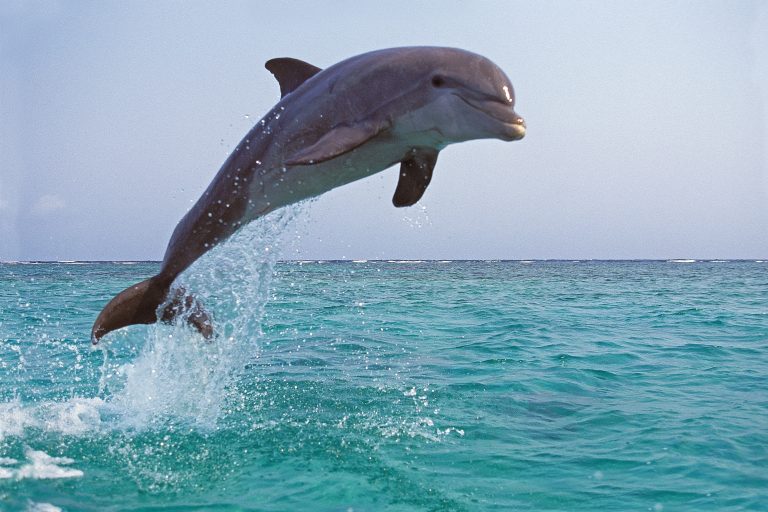
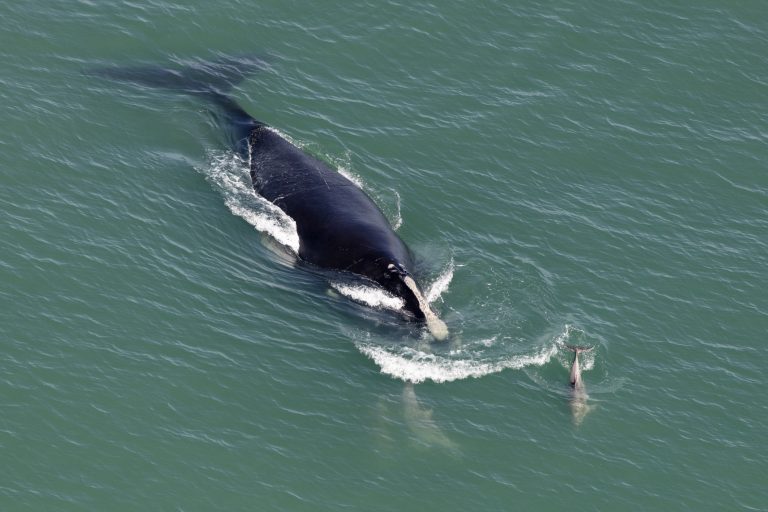
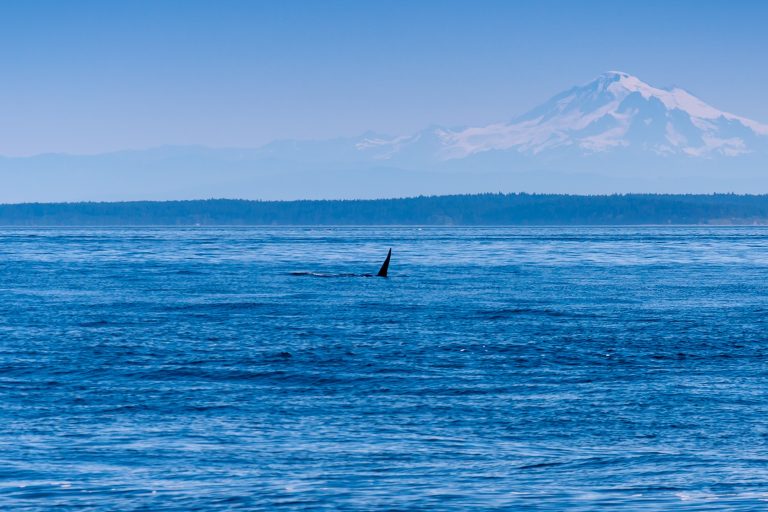
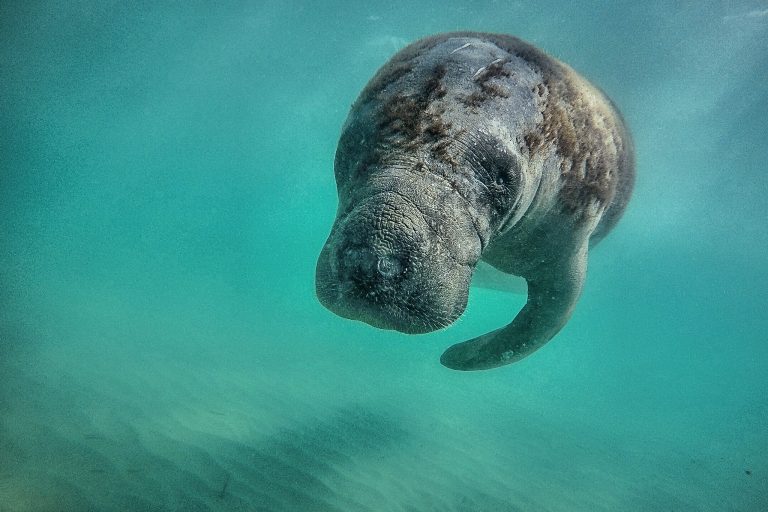
As part of dredging, marine construction and aquaculture operations, Lally LLC’s environmental consultants can formulate and implement cost-effective water quality monitoring programs for permit compliance and operational performance. We employ state-of-the-art technologies that can be setup using wireless telemetry systems for real-time monitoring with data delivery, QA/QC, and threshold triggers for effective operations management. Working in lakes, rivers, coastal or offshore environments we can configure sensor deployment systems for the measurement of the following parameters;
- Turbidity and TSS
- Temperature
- Dissolved Oxygen
- Salinity
- Chlorophyll
- Blue-Green Algae
- Sediment Plumes
Since the early 2000s, Lally has been at the forefront of dredge plume monitoring employing aerial systems, including now Unmanned Aerial Vehicles (UAV) and aquatic drones integrated with latest sensor and mapping technologies.



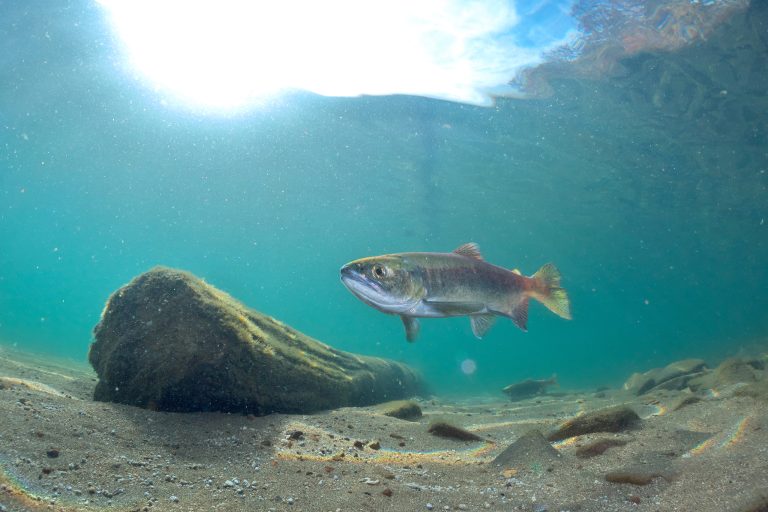
As part of stipulated federal project permits for marine infrastructure projects, Lally LLC has undertaken long-term (i.e. 10-Year) fish and fish habitat monitoring programs on behalf of our clients. The key objectives of these programs are to inspect and document changes in habitat conditions and fish use in terms of spawning, emergence, migration, and rearing activities resulting from new marine infrastructure construction.
Lally LLC fisheries biologists, aquatic scientists and coastal engineers perform these surveys, often year-round, in compliance with monitoring plans as approved by multiple federal, state, and regional environmental agencies and other stakeholders including indigenous tribes.
Examples of Fish and Habitat Monitoring work executed by Lally LLC includes;
- Dive Inspections of Spawning Areas, Nearshore and Offshore Habitat
- Dive Inspections of Water Intake Pumps for Fish Impingement
- Scientific Collection Permit Acquisition and Reporting
- Snorkel Surveys
- Seine Surveys
- Emergent Fry Trap Surveys
- Pedestrian Surveys
- Aquatic Habitat Construction Oversight
- Fish Distress and Mortality Surveys
- Seagrass Bed Surveys
- Design, Deployment and Management of Water Quality Monitoring Systems
In support of federal Section 10/404 permit requirements for installation and maintenance of nearshore infrastructure and habitat enhancement projects, Lally LLC has completed long-term sediment monitoring programs on behalf of our clients. Key objectives of these stipulated programs are to conduct annual bathymetric surveys and mapping to measure temporal changes in nearshore fish habitat due to sedimentation concerns associated with nearby maintenance dredging activities.
In addition to bathymetric and nearshore topographic surveys, Lally LLC scientists also conduct time-series sediment sampling over fish habitats to assess particle size trends and inform nourishment needs. Our engineers and scientists developed innovative sampling and measurement methods in order to collect a range of fine and course substrate samples at depth using core sampler and lift-bag technology, and commission particle size (sieve) analyses for comparison with agency-specified spawning substrate composition.
In other cases, typically during the design of contaminated sediment remediation projects involving engineered caps and / or enhance natural recovery, Lally has been called upon to assess scour potential as it relates to the erodibility of sediment and cap materials, by both natural and anthropogenic processes. We have applied different new and conventional techniques in order to measure erosion forces in the laboratory and the field.
Examples of Sediment Monitoring services we offer, over varied substrates, intertidal to offshore, include;
- Bathymetric Surveys and Temporal Mapping
- High-Resolution Remote Sensing
- Water Surface Elevation Monitoring
- Sediment and Gravel Sampling
- Geotechnical Testing
- Installation and Monitoring of Sediment Plates and Pins
- Marker Horizons and Surface Elevation Tables
- Vessel Traffic, Anchoring and Propwash Analyses
- SPI Camera
- SEDflume
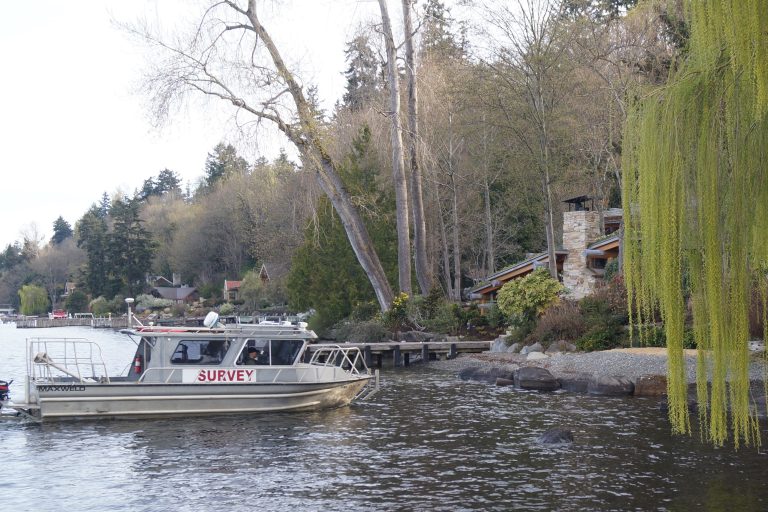
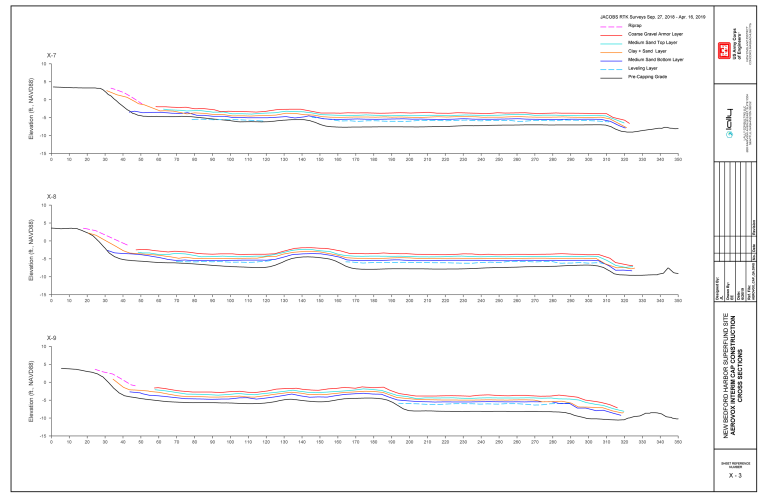


On projects where dredging and construction activities occur in proximity to the public, Quality of Life (QoL) Monitoring may be needed to manage impacts of such stressors as noise, lighting, air quality/odor and traffic. Lally LLC personnel have experience in both conducting QoL construction monitoring and mitigating adverse effects through engineering controls and operations management.
We can assist with;
- Project Formulation and QoL Impact Analysis
- QoL Performance Standards
- QoL Equipment and Calibration
- QoL Field Monitoring
-
Technology and Operational Solutions
for Noise, Lighting, Air quality, Odor and Vessel / Road Traffic
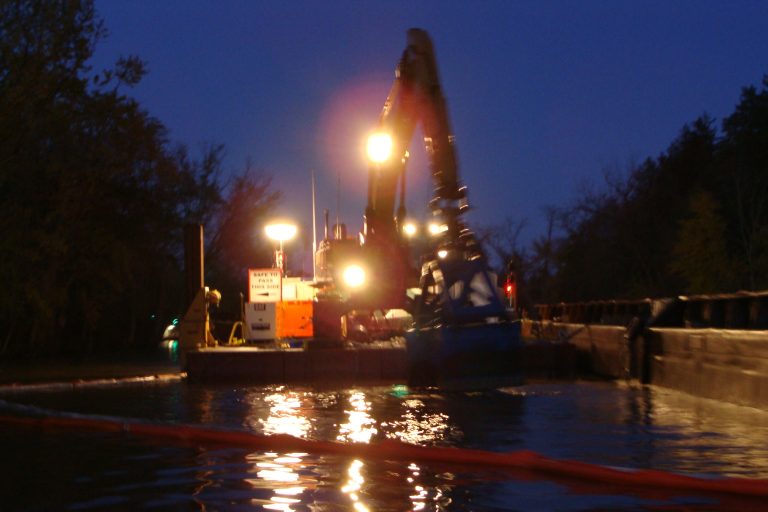
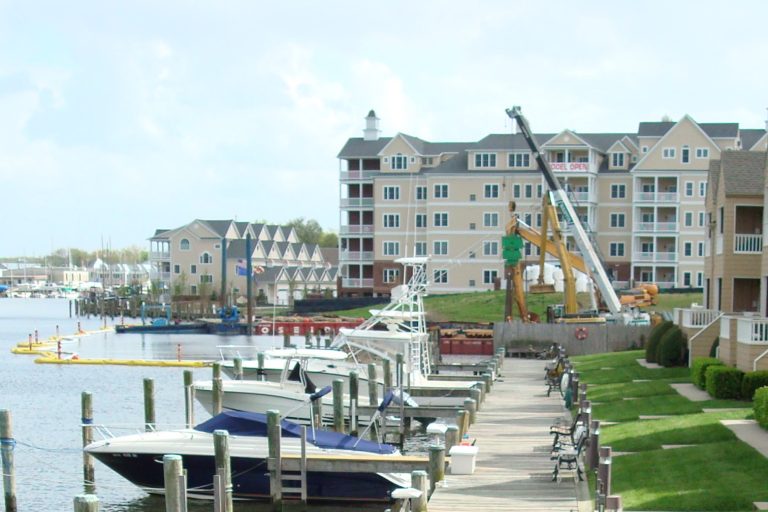
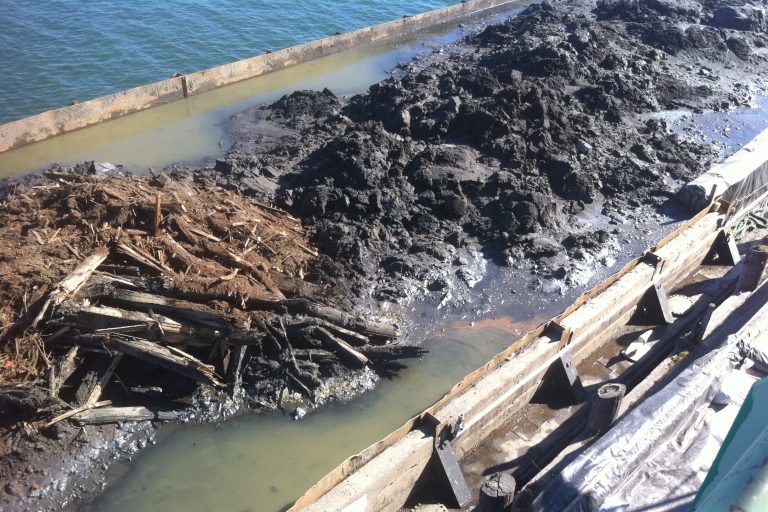
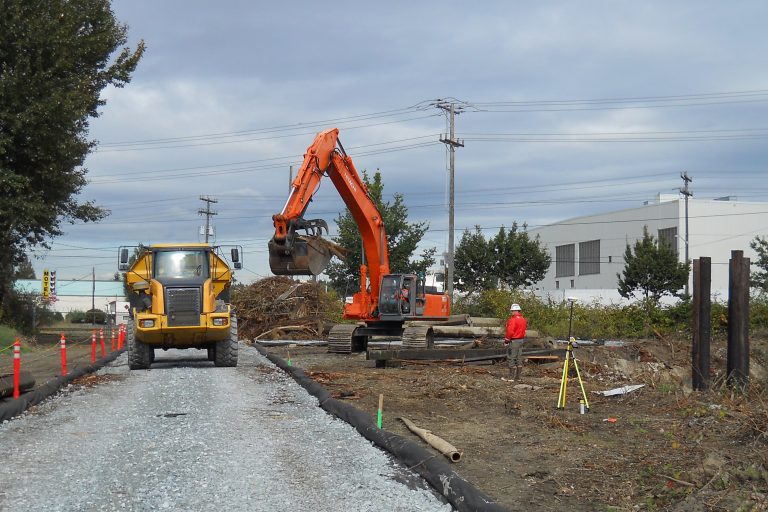
To manage marine infrastructure, equipment and operations safely, Lally LLC can design and install real-time monitoring systems for the measurement of key meteorological and hydrodynamic parameters like Tides, Currents, Waves, and Windspeed. Threshold values can be established to trigger notifications on many of the sensor systems we employ to enable to rapid response to hazardous conditions.
Safety is a core value at Lally LLC. We have completed tens of thousands of hours of field work in the marine environment offshore, on floating plant, oftentimes in harsh conditions, and have never had a health or safety incident of any kind. Through care and diligence, we aim to maintain this zero-incident record.